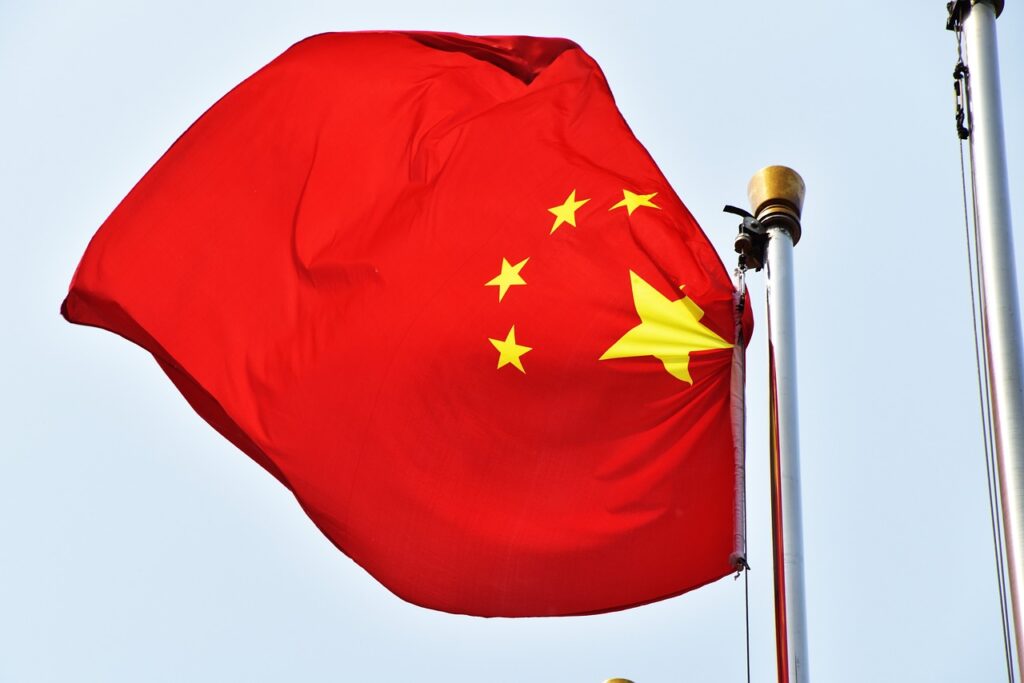In 2024, China accounted for more than a third of the world’s hydrogen output, producing 36.5 million tons—yet less than 1% of that came from green hydrogen. Despite high-level backing and hundreds of new policies, China’s renewable hydrogen ramp-up continues to lag in implementation and scalability, raising questions about the maturity of its clean hydrogen strategy.
According to the National Energy Administration (NEA), 56% of China’s hydrogen was still derived from fossil fuels last year. Electrolysis-based hydrogen, the cornerstone of any credible green hydrogen transition, totaled just 320,000 tons—a figure dwarfed by overall production. This mismatch underscores the growing divide between China’s hydrogen ambitions and current industrial capacity.
“The number of planned large-scale renewable hydrogen projects is growing quickly,” said Xu Jilin, deputy director general of the NEA’s Department of Energy Conservation and Science and Technology Equipment. But the scale of announcements has yet to translate into execution. Xu acknowledged that operations and technology still lag traditional methods, limiting both deployment speed and practical use cases.
The reality is stark: while China’s green hydrogen capacity jumped 60% with the addition of 35 projects in 2024, actual output remains marginal. At 125,000 tons per year, China now holds over half the global green hydrogen production capacity, but with low utilization rates and poor economic viability. Electrolyser projects face significant cost challenges, especially in regions where renewable energy is not yet consistently cheap or abundant.
This tension between capacity and output reflects a broader pattern in China’s energy policy: aggressive target-setting, but uneven delivery. For comparison, the International Energy Agency estimates global hydrogen production hit 100 million tons in 2024—up only 3% from the previous year. China’s share of green hydrogen, though improving, still constitutes less than 0.3% of total domestic production.
A proliferation of policy signals has done little to close this gap. The NEA noted that by the end of 2024, over 560 hydrogen-related policies had been issued across central and local governments. Yet, policy fragmentation and unclear implementation pathways continue to hinder market cohesion.
Industrial development also remains skewed. Hydrogen fuel-cell vehicle (FCV) deployment rose 30% last year to 240,000 units, while hydrogen refueling stations grew by 30%, reaching 540 nationwide. However, station utilization rates remain low and infrastructure distribution is uneven, mainly in pilot zones like the Yangtze River Delta and Beijing-Tianjin-Hebei.
China’s hydrogen trajectory echoes its earlier industrial policy in electric vehicles and solar photovoltaics—but with higher complexity. Unlike those sectors, hydrogen depends on cross-sector integration: renewable power availability, electrolyser technology maturity, storage, and long-distance transport infrastructure. While Beijing’s five-year outlook prioritizes innovation and international collaboration, commercial viability remains the bottleneck.
The global spotlight on China’s hydrogen ambitions in 2025 comes as the country faces a pivotal moment: to either transition from planning to deployment or risk stagnation under the weight of underperforming pilot projects and policy overreach. As Xu Jilin noted, increasing support for innovation and global partnerships will be key, but outcomes will depend on execution, not just intent.
With a net-zero goal set for 2060, China’s hydrogen sector now stands at a fork: a fast-growing map of plans on one hand, and the stubborn economics of clean hydrogen on the other. Which side wins out may determine whether China’s hydrogen story becomes another case of industrial leadership—or a cautionary tale of scale without substance.
